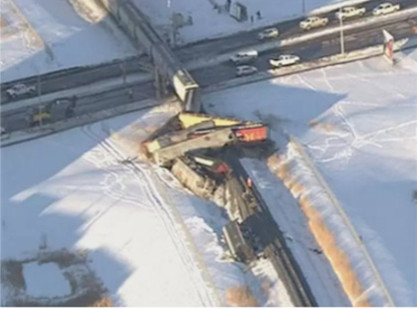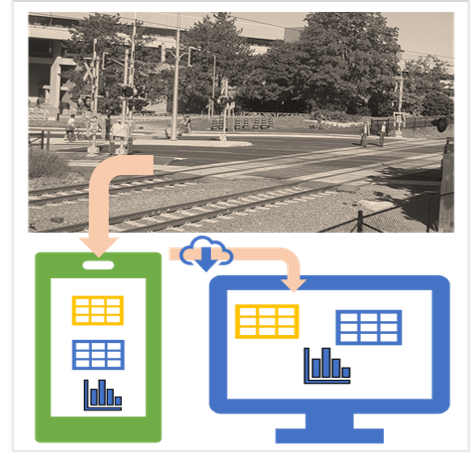Safety Management of Railway Crossings

Transport Canada uses GradeX, a risk assessment tool, as a decision-making tool for its multi-stage safety management process, such as network screening, project prioritization, economic appraisal and effectiveness evaluation. This tool is developed by the University of Waterloo research team for improving the safety of Canada’s highway-railway grade crossings. The current project focuses on updating the risk models of GradeX using the latest inventory and collision data as well as the state-of-the-art modeling techniques and hotspot identification methods.
Risk Assessment and Causality Analysis of Train Derailments

According to Transportation Safety Board (2016), a total of 1,200 rail accidents were reported in 2015, of which derailment accidents took the largest share (60%). Derailments have become a particular concern due to large volumes of train traffic involving transport of dangerous goods, which could lead to catastrophic consequences. This project focuses on the development of quantitative risk models for derailment risk assessment, causality analysis of derailments, and evaluation of the effectiveness of various countermeasures in the Canadian context.
Safety Monitoring and Conflict Analysis using Video Technology and Machine Learning

While surrogate safety methods have become very popular in the safety analysis of urban road intersections with low frequencies of collisions (pedestrian and bicycle safety), no studies have explored the use of surrogate safety measures to investigate safety issues and evaluate countermeasures at grade crossings. Therefore, this project focuses on implementing the automated video technology that has been developed for road traffic safety analysis. Critical high-risk conflicts and behavior associated with both motor vehicles and pedestrians will be identified and used for developing effective safety treatments.
Connected Vehicle (CV) Technologies for Improving Grade Crossing Safety

To mitigate the risk of at grade-crossing collisions, many innovative safety countermeasures have been proposed and implemented, among which Connected Vehicle (CV)-based active warning systems (CVAW) have shown great promise due to latest advances in CV. This project explores the potential of the new capabilities that have been enabled by CV technologies (e.g., vehicle to warning device or train communication). We will develop and field test several prototype user warning systems at the University of Alberta’s CV test bed.
Mobile Data Collection System for Rail Network Inventory

The rail network inventory data are currently collected and updated through several resource-intensive steps including field survey, data recording (on a paper form), and data entry. This process is time consuming, costly, and error prone, and also has limitations in terms of how much data it can collect reliably, accurately and timely. To improve this system, this current project focuses on developing a new tablet and smartphone-based App that can be used by field inspectors and safety engineers for automating the data collection process. The App will be integrated with a Bluetooth enabled laser scanner for measuring sight distance.